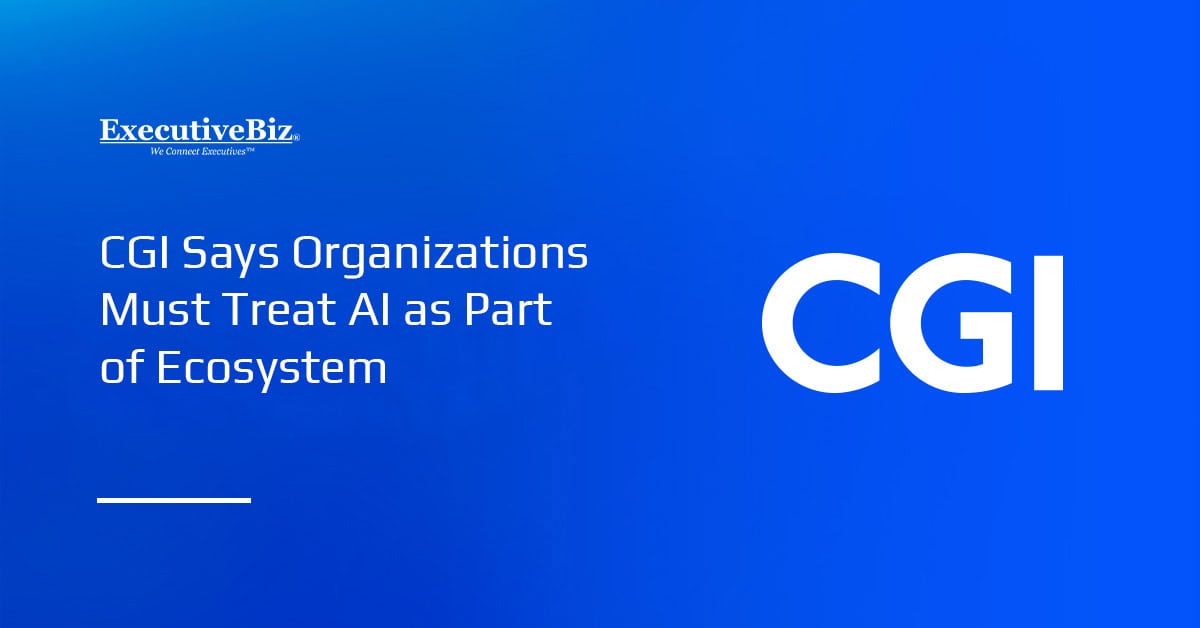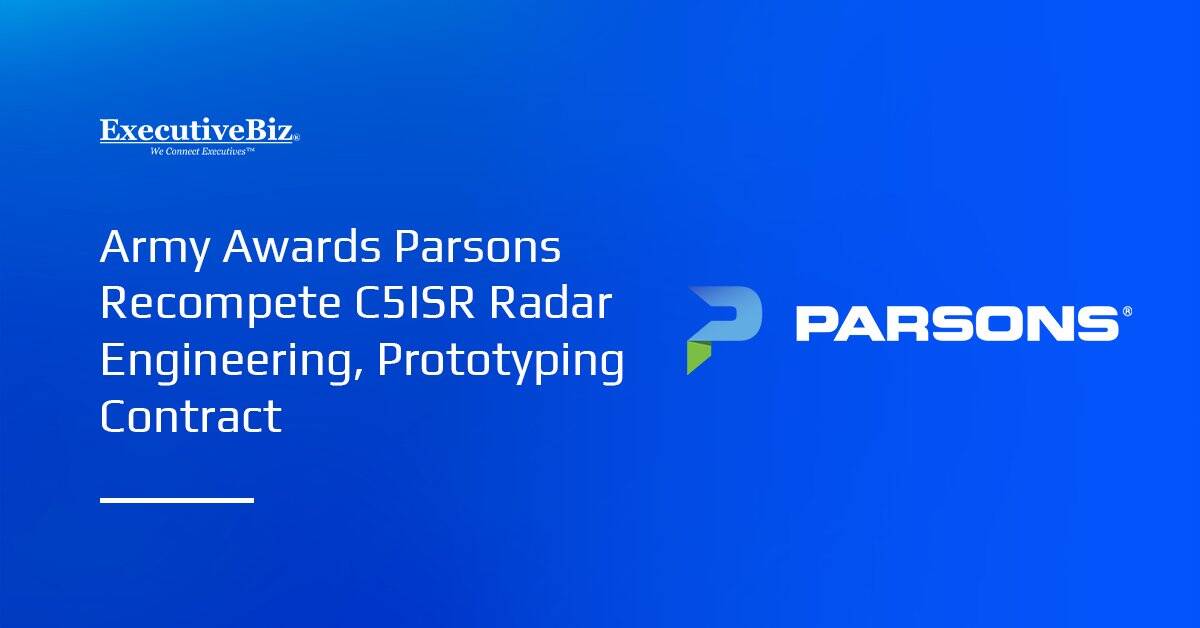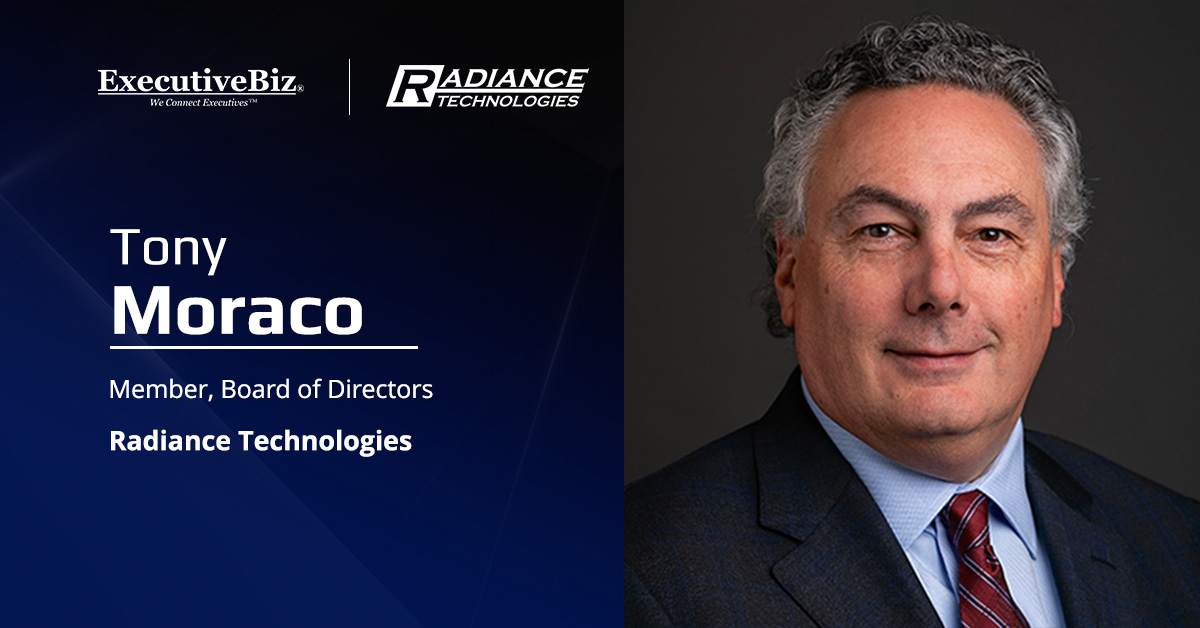Organizations that adopt a strategic ecosystem approach to integrating artificial intelligence achieve more accelerated AI implementation maturity, according to CGI officials.
In a blog post, CGI’s Victor Foulk, vice president of emerging technologies; Douglas Vargo, vice president of consulting services for U.S. operations; and Karim Fadel, vice president of consulting services, wrote about why organizations must look at AI not as a single technology but as part of an integrated network of capabilities and how to create an ecosystem around AI.
How to Build an AI Ecosystem
According to the post, using an ecosystem approach to AI integration has led to real-life results, with organizations implementing a holistic strategy reporting 6.6 times higher generative AI maturity. A holistic approach to data also led to a 5-time increase in generative AI maturity.
An ecosystem approach is composed of six interconnected pillars, the first being high-quality data, which could affect AI decisions. The article authors warned that the lack of trusted, timely and interoperable data causes “even the most powerful models [to] fall short.”
Workforce readiness is also important because the technology, the post said, must enhance, not replace, people. Organizations must invest in reskilling employees, introduce new roles and change leadership if necessary to better prepare for AI implementation.
The post also recommended having a scalable and secure infrastructure that can support evolving use cases, including agentic AI.
It also emphasizes the importance of integrating clear frameworks for ethics, transparency and accountability as part of the AI ecosystem’s design and prioritizing AI applications to meet measurable business and mission goals.
Finally, organizations must ensure that the security frameworks protecting AI from threats evolve with the technology.
Implementing AI does not happen overnight. According to CGI, organizations must treat AI adoption not as the destination, but as a journey.





